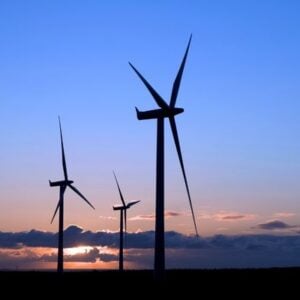Canada is advancing its clean energy agenda with a focus on building a stronger economy while reducing greenhouse gas (GHG) emissions. The Honourable Tim Hodgson, Minister of Energy and Natural Resources, announced a $5.8 million investment to support made-in-Canada carbon management technologies. This includes $1.3 million to Svante to enhance testing capabilities and establish new facilities, $2 million to Anodyne Chemistries Inc. for scaling up innovative industrial processes that produce valuable chemicals like formate, and $2.4 million to Agora Energy Technologies Ltd. in Vancouver, B.C., to further develop CO2 capture and utilization processes using impure flue gas.
These projects aim to grow Canada’s energy industry, create quality jobs in British Columbia and across the country, reduce pollution, and support a transition to a cleaner economy. By demonstrating how energy innovation can enhance energy security while reducing emissions, Canada is positioning itself as a global leader in secure, reliable, and low-carbon energy.
Government and industry leaders emphasized the dual benefits of these investments. Minister Hodgson highlighted that harnessing Canadian ingenuity shows how energy innovation and climate action can go hand in hand, delivering economic growth and environmental protection simultaneously. Iain Evans, CEO of Anodyne Chemistries Inc., stressed the opportunity to transform CO2 from a liability into a valuable resource, while Brett Henkel of Svante Technologies underlined Canada’s growing leadership in carbon management and industrial decarbonization. Christina C. Gyenge, CEO of Agora Energy Technologies, noted the funding affirms the government’s commitment to climate leadership and supports a sustainable, future-ready society.
This funding is part of Canada’s broader commitment through Budget 2021, which allocated $319 million over seven years for research, development, and demonstration (RD&D) to advance commercial carbon capture, utilization, and storage (CCUS) technologies. Natural Resources Canada is delivering this through the Energy Innovation Program (EIP), which supports projects across three streams: capture, storage and transportation, and utilization of CO2. These initiatives aim to reduce costs, improve performance, and enable large-scale, long-term CO2 sequestration.
Aligned with Canada’s net-zero ambitions, Budget 2024 introduced major economic investment tax credits, including a Carbon Capture, Utilization and Storage Investment Tax Credit, representing $93 billion in incentives by 2034–2035. Together, these investments and policy measures are designed to create jobs, stimulate innovation, and keep Canada on track to reduce pollution and achieve net-zero emissions by 2050.







